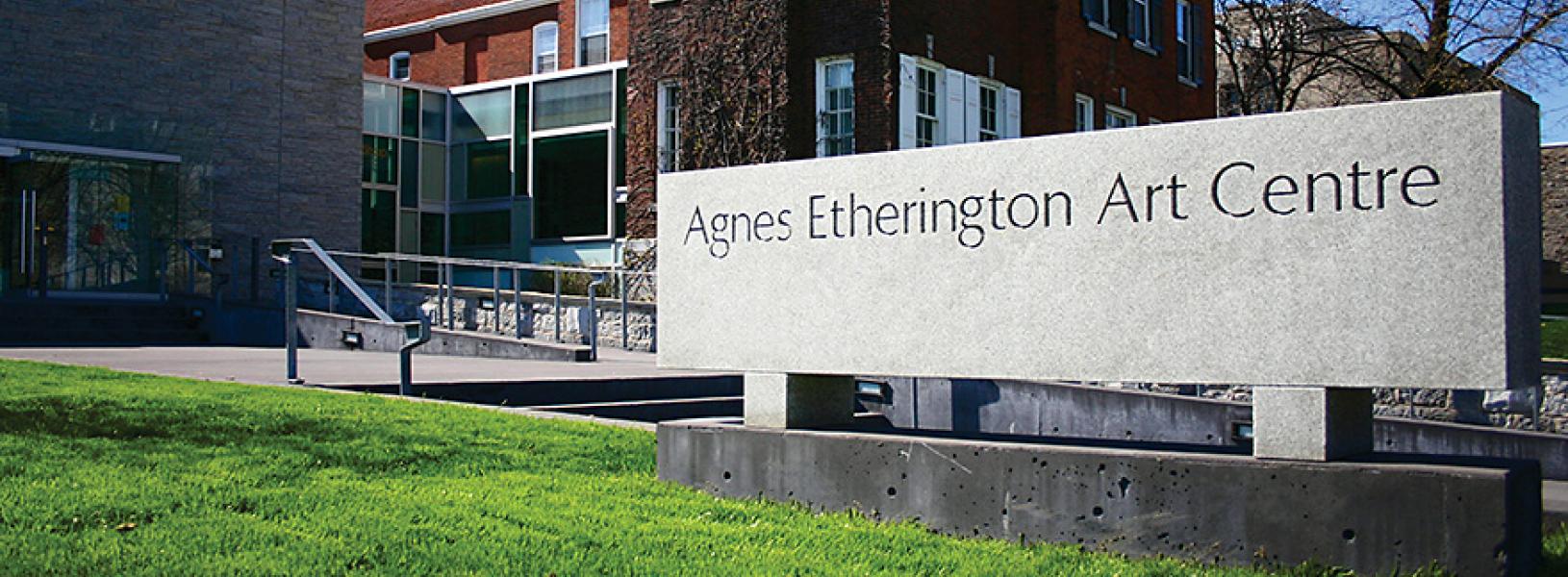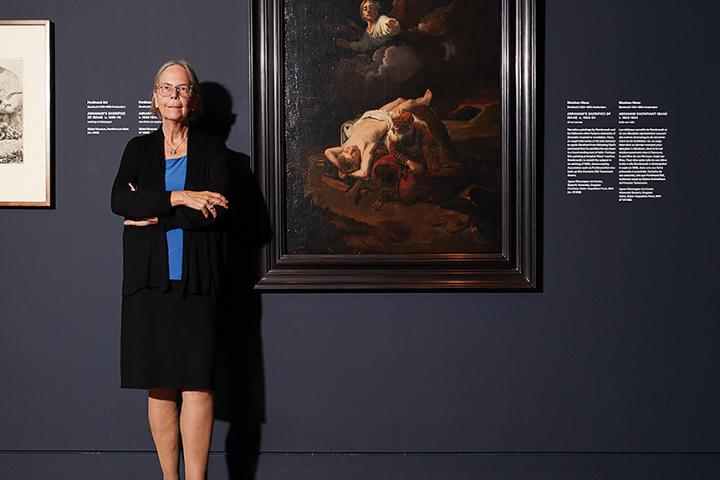A $40-million (USD) gift from Bader Philanthropies, Inc., will enable Queen’s to revitalize and expand the Agnes Etherington Art Centre and create a new home for The Bader Collection. The philanthropic investment has the potential to create one of the largest university art museums in Canada.
The revitalized Agnes will create a vibrant hub for the presentation, research, and study of visual arts on campus. The facility will include the public gallery as well as new homes for the graduate program in Art Conservation, and graduate and under graduate programs in Art History.
Expanded galleries and more technical spaces will enhance Queen’s ability to care and showcase the Agnes’s art collections, which include contemporary art, Indigenous art, Canadian historical art, and African historical art, as well as the Collection of Canadian Dress. The Bader Collection of European Art comprises more than 500 works with a focus on 17th-century Dutch and Flemish painting, including one portrait and three character studies by Rembrandt.
The expanded Agnes will enable the university to create central ceremonial and event spaces available to the entire Queen’s community, as well as dedicated space for use by Indigenous communities.
The revitalization project is expected to be completed in 2024. The Agnes was last expanded in 2000 with considerable assistance from the Bader family.
A new chair for Art Conservation
Thanks to a $3-million (USD) gift from Isabel Bader, lLLD'07, Queen’s will establish a new research and teaching chair. The Bader Chair in Art Conservation will help the Master of Art Conservation program
open up a fifth stream of study – imaging science – which will complement painting conservation, paper conservation, object conservation, and conservation science.
“Art conservation is seeing a technological shift,” said Norman Vorano, Head, Art History and Art Conservation, “and imaging science allows us to look below the surface of paintings and other works of art in ways that were never previously possible. The new Bader Chair will put our students on the forefront of training in this field.
New high-tech tools
A $1-million gift to the Department of Art History and Art Conservation from the Jarislowsky Foundation will bring leading-edge technology to Queen’s.
“The donation will create opportunities for Queen’s students and researchers to better understand the materials and techniques used to create artworks and other cultural objects,” said Patricia Smithen, Assistant Professor (Paintings Conservation).“The equipment will allow us to start new research programs, establish partnerships with leading art museums and collectors, and attract top students to study at Queen’s.”
Queen’s is purchasing five pieces of equipment including a Bruker M6 Jetstream, a large-area spectrometer for on-site analysis of large objects. Queen’s will the only museum or institution in Canada to have this particular spectrometer. The Bruker M6 Jetstream’s X-ray fluorescence technology allows researchers to scan a painting and create an elemental map of its surface. The instrument was recently used to scan Rembrandt’s famous painting The Night Watch at Amsterdam’s Rijksmuseum, allowing conservators to identify pigments and reveal the artist’s working process.
The Jarislowsky Foundation was created by Stephen Jarislowsky, LLD’88, an entrepreneur, philanthropist, and avid art collector.
We’ll explore some of this technology in action in a later issue.
Support for inclusive programming
The mother of the late Jennifer Velva Bernstein, BA'89, has commemorated her daughter with a gift to support inclusive programming at the Isabel Bader Centre for the Performing Arts. Marjorie Ernestine Bernstein’s $3.5-million gift will be used to support artistic programming and educational training at the centre, to bring more top performers and emerging artists to Kingston. It will also help subsidize tickets and events, allowing people to enjoy more festivals such as Ka’tarohkwi Festival of Indigenous Arts and the Isabel Human Rights Festival and student initiatives.
Jennifer Bernstein loved the arts and was passionate about social causes. She earned film degrees from both Queen’s and Webster University in St. Louis, as well as a Master of Social Work from Washington University in St. Louis. She died in a bus crash in 1995 while on a humanitarian mission to Haiti. In recognition of the gift, the Isabel’s main 566-seat performance hall has been renamed the Jennifer Velva Bernstein Performance Hall.

